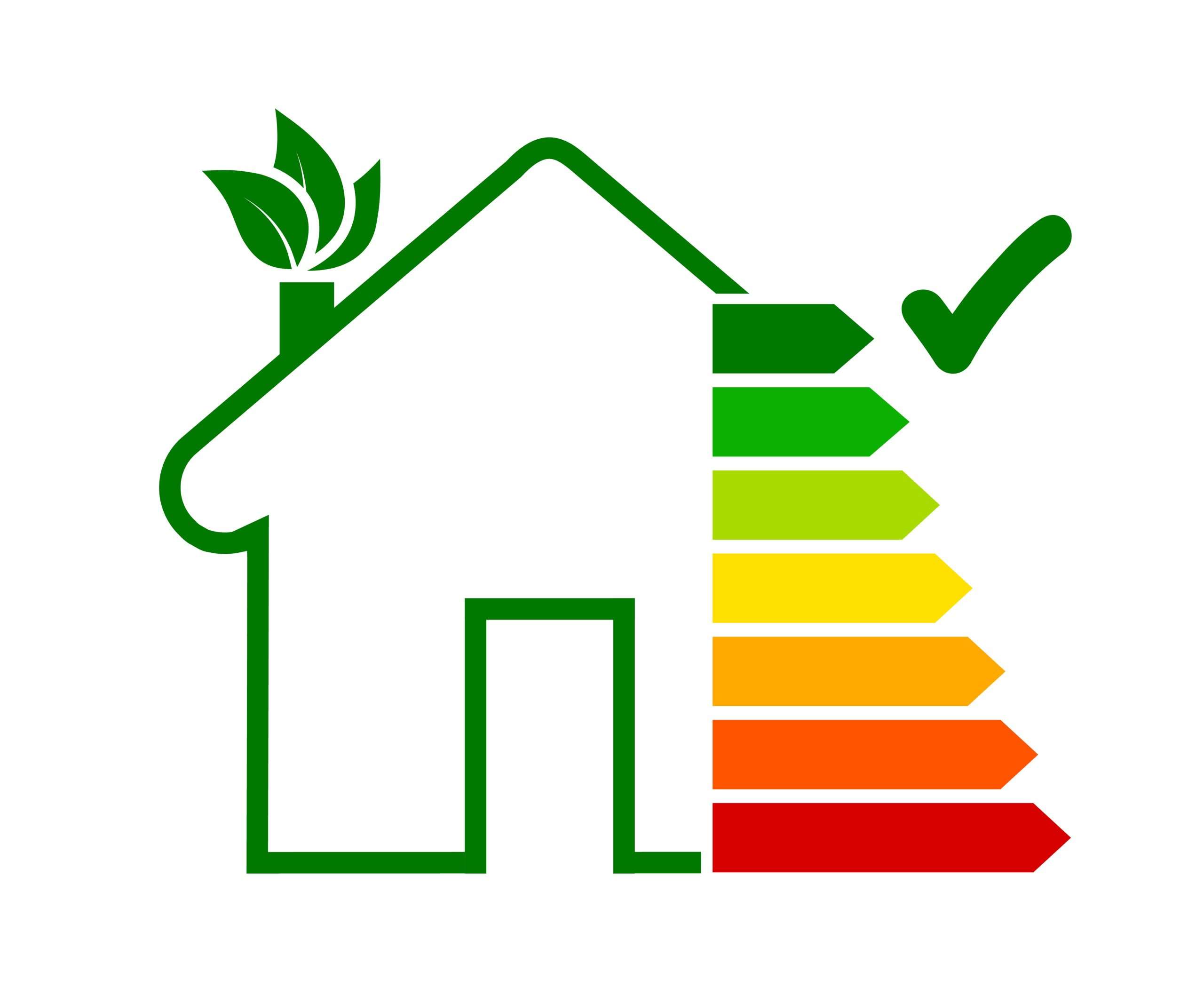What is a U-value?
A U-value measures the rate of heat transfer through a specific section of construction, (Floors, Walls, Roofs, Doors, Windows, Roof-lights) taking into account all mechanisms under standard conditions. Essentially, it measures how well or poorly a component transmits heat from the inside to the outside, with a lower U-value indicating better insulation.
How is a U Value Measured?
The U-value is measured in W/m²K, which represents the rate of heat flow through 1m² of a structure with a temperature difference across the structure of 1 degree. For example, a wall with a U-value of 0.3 W/m²K will lose heat at half the rate of a wall with a U-value of 0.6 W/m²K.
U-values and Building Regulations
U-values are considered in the Building Regulations Approved Document Part L, which focuses on reducing the energy consumption of buildings. Achieving specific U-values isn't simply a tick box exercise; a building must be considered as a whole. With heating and powering buildings accounting for 40% of total energy use in the UK, it's crucial that our buildings perform better.
Taking a fabric-first approach to building design results in better-insulated, higher-quality buildings that require less power for heating. New homes must produce 31% fewer CO2 emissions than previous regulations, highlighting the importance of efficient building design.
In June 2022, Approved Document Part L was updated, specifying U-values for both new and existing dwellings. Understanding U-values is crucial in creating more sustainable, efficient buildings and reducing our environmental impact.
- U-value requirement External Walls 0.18 W/m²K
- U-value requirement Party Walls 0.0 W/m²K
- U-value requirement Floor 0.13 W/m²K
- U-value requirement Roof 0.11 W/m²K
- U-value requirement Windows (whole window U-value) 1.2 W/m²K
How are U-values used in SAP Calculations?
Understanding U-values is also important in relation to Standard Assessment Procedure (SAP). SAP assessments are used to determine the energy performance of buildings in the UK and are required for all new buildings and major renovations to existing buildings. In SAP assessments, U-values are used to calculate the heat loss through the building fabric, which is a key factor in determining a building's energy efficiency.
The U-values of different building elements, such as walls, roofs, floors, and windows, are input into the SAP software, which calculates the overall energy efficiency of the building and produces an energy rating on a scale of A to G, similar to the energy rating on household appliances. A lower U-value indicates better insulation properties, and therefore a more energy-efficient building, contributing to a higher SAP rating.
Therefore, understanding U-values is crucial in creating more sustainable, efficient buildings, and is essential in achieving a higher SAP rating. By improving a building's energy efficiency, we can reduce our environmental impact and create more comfortable, cost-effective living and working spaces.

